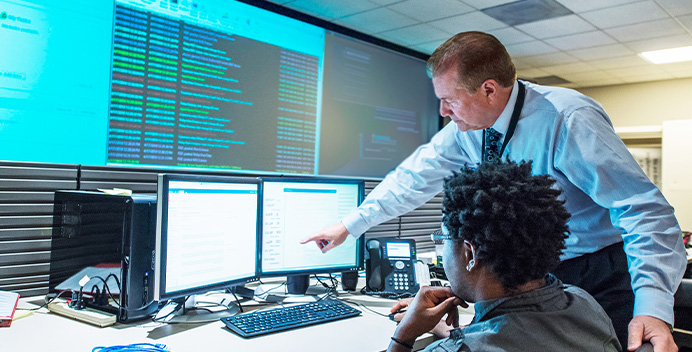Fraud
How to defend against MFA fatigue attacks Ways to protect your organization against a newer kind of security attack

Protecting Your Business Against Social Engineering Fraud | Truist
Fraud How to identify and prevent the most prevalent cyber scam
Preventing social engineering fraud
Article
07/31/2024
Protecting Your Business Against Social Engineering Fraud | Truist
Social engineering involves exploiting a person’s trust to obtain private information or money to commit a crime. Learn how to prevent it here.

How To Defend Against Business Email Compromise
Fraud How to detect and defend against business email compromise
Article
07/22/2025
How To Defend Against Business Email Compromise
Business email compromise happens when scammers impersonate someone you trust in an attempt to defraud your company. Learn how to spot and prevent BEC.

How to defend against corporate phishing attacks
Fraud How to defend against corporate phishing attacks
Learn tips and tactics for preventing fraud.
Article
09/08/2024
How to defend against corporate phishing attacks
Arming your employees with the knowledge and tools needed to protect your business from phishing attacks is vital.

